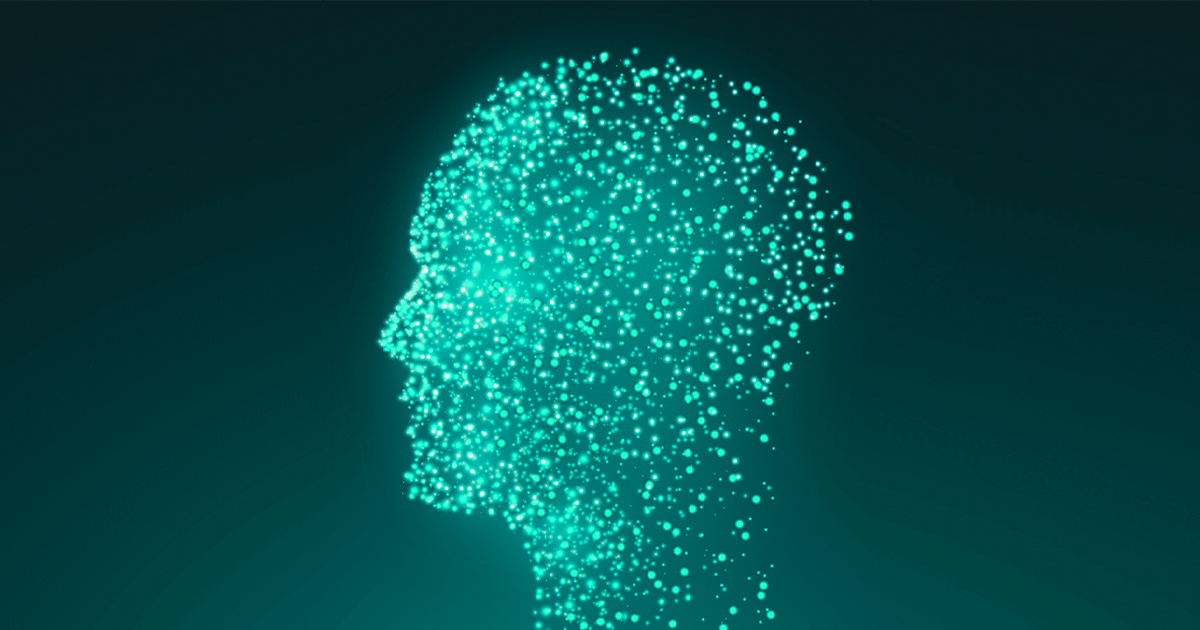Image classification is a fundamental task in computer vision that involves categorizing images into different classes or categories. This field has witnessed significant advancements in recent years, driven by the proliferation of deep learning techniques and the availability of large-scale labeled datasets. In this article, we will delve into the key aspects of image classification, including convolutional neural networks (CNNs), transfer learning, data augmentation, and evaluation metrics like accuracy and precision.
Convolutional Neural Networks (CNNs)
Convolutional Neural Networks (CNNs) have emerged as the de facto standard for image classification tasks. CNNs are a specialized type of neural network architecture designed to process grid-like data such as images. They are characterized by their ability to automatically learn hierarchical representations of images through the application of convolutional filters and pooling operations.
The basic building block of a CNN is a convolutional layer, which applies filters to the input image to extract relevant features. These filters learn to detect patterns at different levels of abstraction, starting from simple edges and textures to more complex shapes and objects. Multiple convolutional layers are stacked to form deeper architectures, enabling the network to learn increasingly abstract representations.
Transfer Learning
Transfer learning is a technique that leverages pre-trained CNN models to tackle image classification problems with limited labeled data. Instead of training a CNN from scratch, transfer learning allows us to utilize knowledge learned from large-scale datasets like ImageNet, which consists of millions of labeled images across thousands of categories.
In transfer learning, the pre-trained CNN model acts as a feature extractor. The convolutional layers are frozen, ensuring that the learned representations are preserved, while the final fully connected layers are replaced or retrained to suit the specific classification task. This approach enables us to benefit from the generalization power of the pre-trained model and achieve good performance even with limited training data.
Data Augmentation
Data augmentation is a crucial technique in image classification that helps combat overfitting and improves the generalization ability of models. It involves applying a variety of transformations to the training images, such as rotation, scaling, flipping, and cropping, to create new augmented samples.
By generating augmented data, we effectively increase the diversity of the training set, providing the model with more variations of the same image. This helps the model generalize better to unseen data and improves its ability to handle different perspectives, orientations, and lighting conditions. Data augmentation is particularly useful when the available labeled dataset is limited, as it allows us to artificially expand the training set and reduce the risk of overfitting.
Evaluation Metrics
Evaluation metrics are essential for assessing the performance of image classification models. Two commonly used metrics are accuracy and precision.
Accuracy measures the overall correctness of the model’s predictions and is calculated as the ratio of correctly classified images to the total number of images. While accuracy provides a general assessment of the model’s performance, it may not be suitable for imbalanced datasets where some classes have significantly more samples than others.
Precision, on the other hand, focuses on the correctness of positive predictions. It calculates the ratio of true positives (correctly predicted positive samples) to the sum of true positives and false positives (incorrectly predicted positive samples). Precision is particularly useful when the cost of false positives is high, as it allows us to assess the model’s ability to avoid false alarms.
Summary
Image classification is a rapidly evolving field with numerous applications across various domains. Convolutional Neural Networks (CNNs) have revolutionized the field and continue to push the boundaries of accuracy and performance. Transfer learning and data augmentation techniques have proven to be invaluable in addressing the challenges of limited labeled data. Finally, evaluation metrics like accuracy and precision provide quantitative measures of a model’s performance. As image classification techniques continue to advance, we can expect even more exciting developments in the future, opening up new possibilities for computer vision applications.
